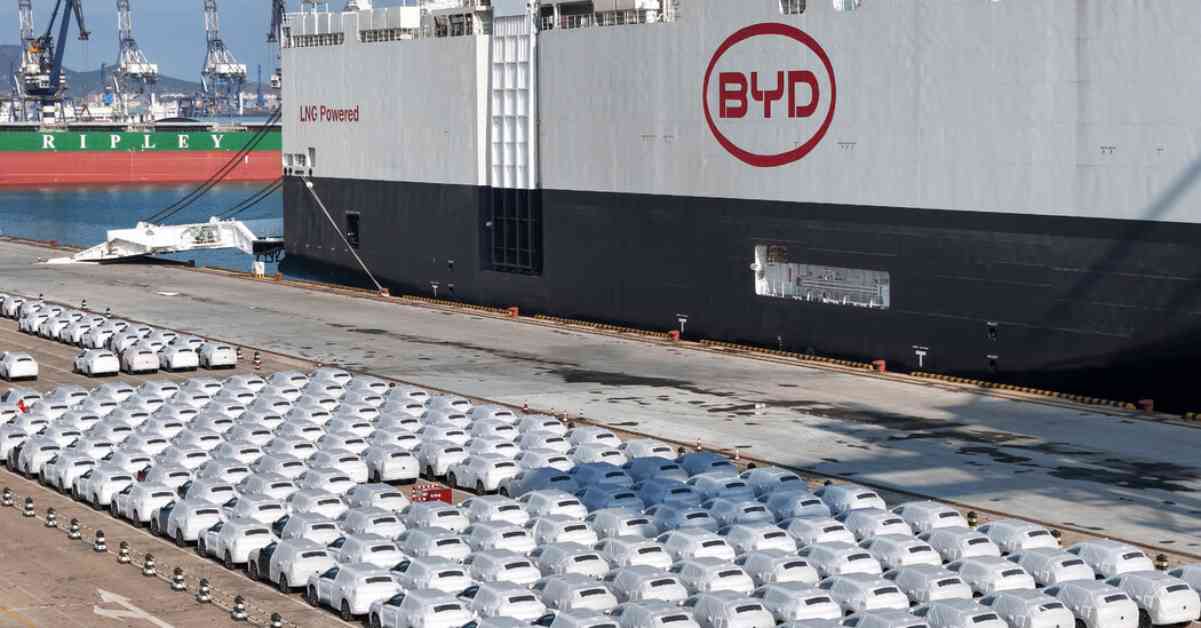Europe has recently announced additional tariffs of up to 38 percent on electric cars built in China. This decision aims to level the playing field for automakers in Europe, as Chinese electric cars have been entering the European market at lower prices due to subsidies in the entire supply chain.
Many European automakers had been anticipating these tariffs, but there are concerns that they could lead to higher prices for consumers and potentially trigger a trade war with China. While some experts argue that these tariffs may not be enough to curb China’s dominance in the electric car industry, others believe that more incentives are needed to make low-emission vehicles more appealing to consumers.
The European Union is striving to ban the sale of new internal combustion engine vehicles by 2035, and these tariffs on Chinese electric cars are seen as a step towards achieving that goal. However, the impact on consumers is expected to be significant, as prices of the most affordable electric cars on the market may increase.
For example, the BYD Dolphin model, which benefits from Chinese government subsidies, sells for around 32,400 euros in Europe, while a Tesla Model Y is priced at nearly €40,000 and a Volkswagen ID.4 at €37,000. This price difference highlights the competitive edge that Chinese automakers have due to subsidies in their production costs.
It is essential for the European Union to strike a balance between promoting the adoption of electric vehicles and ensuring fair competition in the market. The decision to impose additional tariffs on Chinese electric cars is just one step in a broader strategy to transition towards sustainable transportation and reduce emissions.
As the automotive industry continues to evolve, consumers can expect to see more changes in regulations and policies aimed at promoting environmentally friendly vehicles. By incentivizing the adoption of electric cars and creating a level playing field for automakers, the European Union is taking proactive steps towards a greener future.



